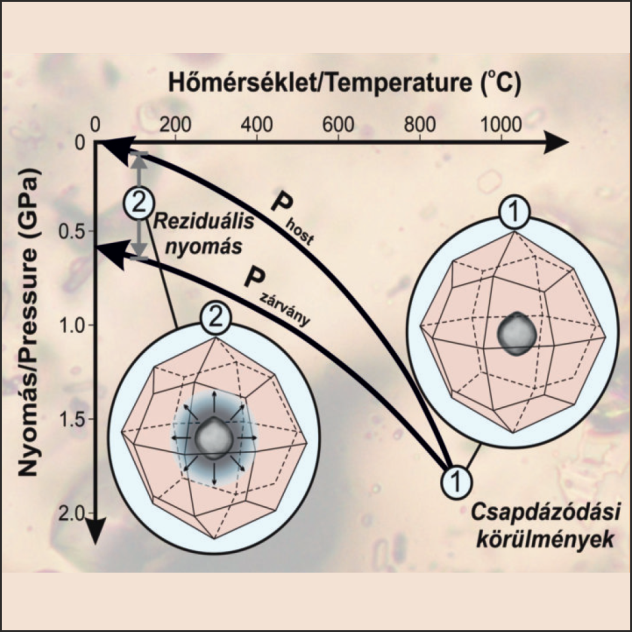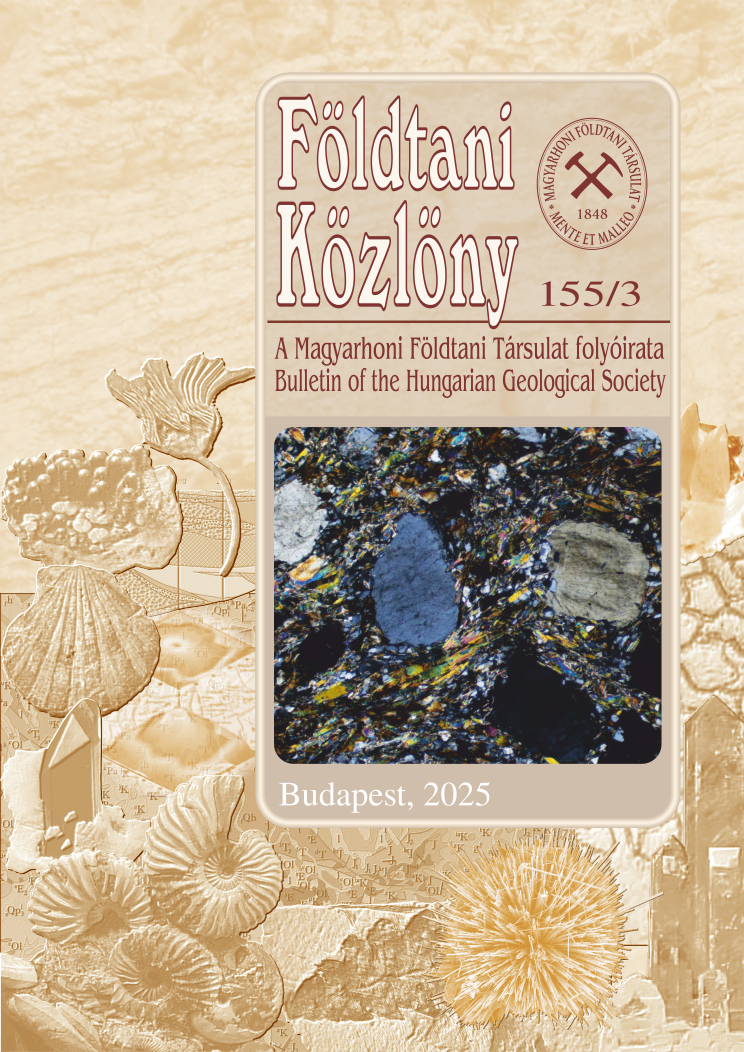Elastic thermobarometry – a methodological overview
Abstract
The study of metamorphic rocks is a key to understand the ongoing plate tectonic processes, as they commonly preserve the record of several episodes of their geological evolution, like chemical or mechanical equilibrium, metamorphic reactions, fluid-rock interaction over millions (or tens of millions) of years. Inclusions (fluid, melt and mineral inclusions) entrapped in rock-forming minerals preserve chemical compositions and physical states that allow direct study of processes that occurred at higher pressures and/or temperatures, even in the subduction zone. Mineral inclusions are common in metamorphic minerals and can be trapped over a wide range of pressure and temperature (P-T) conditions during the growth of the host mineral and can be used to reconstruct the trapping conditions. The solid crystal inclusions trapped within the rock-forming minerals during growth experience different magnitudes of volume change due to their different elastic compressibility and thermal expansion coefficients. The host and inclusion minerals are therefore subject to different volume changes during the subsequent P-T path (from entrapment at depth to surface exposure). This „passive” differential volume change result in stress buildup between the host mineral and the inclusion that is characteristic of trapping P-T. Therefore, some host-mineral inclusion pairs can be used as barometers (e.g., quartz in garnets) because of their different mechanical properties, while other pairs can be used as thermometers (zircon in garnet). The residual stress can be determined by carrying out Raman spectroscopic analyses or single-crystal X-ray diffraction, given the appropriate material constants and equations of states, which can be used to determine the trapping conditions (entrapment isomeke). Regarding its increasingly wide application, this overview presents the methodological aspects of elastic thermobarometry based on Raman spectroscopy measurements that can be applied to reconstruct P-T evolution not only of metamorphic, but magmatic rocks as well.
















